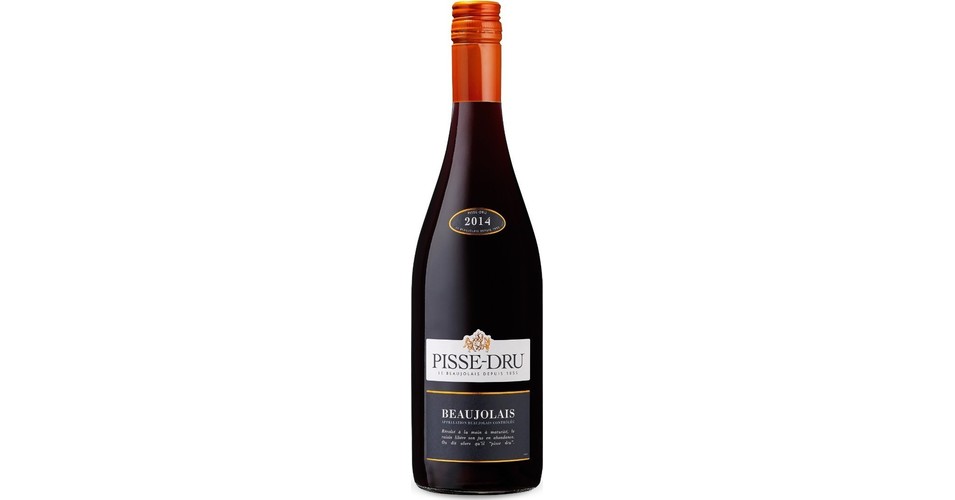

The wine was drunk cool in summer and warm in winter, a practice which still continues in the 21st century. For example, vines were planted on the banks of the Rhine to provide the Legions with a healthy drink, as opposed to water which was rarely drinkable. It also encouraged them to seek new wild varieties adaptable to these distant areas where the Mediterranean varieties showed their limits. The conquering of regions more and more to the north encouraged the Romans to cultivate the vine and to produce lighter and less sweet wines. The aminum or ancient grape produced a sweet white wine produced as mulled wine resembling modern-day Madeira. The richest citizens built sumptuous villas in the Bay of Naples where the vine had been cultivated since its introduction by the Greeks. In the range of expensive products wine played a predominant role. Rich Roman patricians organized banquets where the cost of the food was a sign of prestige. In Roman times the type of viticulture practiced by the Greeks was their model production included white wine. "Vinous white wine" and "bitter white wine" were used among his remedies – a sign of diversity in production at that time. In Ancient Greece wine had already been developed and used since Hippocrates, a physician born around 460 BC who commonly prescribed it to patients. It could be red ( SA 5 GEŠTIN), light (or maybe white: KÙ.BABBAR GEŠTIN), good wine ( DUG.GA GEŠTIN), honeyed ( LÀL GEŠTIN) new ( GIBIL), or sour ( GEŠTIN EMSA). The tablets of Hattusa describes wine with the term wiyana in the Hittite language, GEŠTIN in Sumerian, and karânu in Akkadian. Epigraphy tells us about the presence of wine in the Middle East: it was produced in the "High Country" (the mountain borders between Anatolia and Armenia) and then imported into Mesopotamia especially from the 3rd millennium BC. The first trace of wine that has been found dates to 7500 years ago, in present-day Iran but the results of archaeological excavations have not been able to determine from which time wine began to be produced. Due to their acidity, aroma and ability to soften meat and deglaze cooking juices, white wines are often used in cooking. White wines are often considered more refreshing and lighter in both style and taste than the majority of their red wine counterparts.

White wines are often used as an apéritif before a meal, with dessert, or as a refreshing drink between meals. Sparkling wines, which are mostly white, are wines where the carbon dioxide from the fermentation is kept dissolved in the wine and becomes gas when the bottle is opened. The methods of enriching wort with sugar are multiple: on-ripening on the vine, passerillage (straining), or the use of noble rot. Sweet wines, on the other hand, are produced by interrupting the fermentation before all the grape sugars are converted into alcohol this is called Mutage or fortification. More or less aromatic and tangy, it is derived from the complete fermentation of the wort. Pinot noir, for example, is commonly used to produce champagne.Īmong the many types of white wine, dry white wine is the most common. Some white wine is also made from grapes with coloured skin, provided that the obtained wort is not stained. White wine is mainly from "white" grapes, which are green or yellow in colour, such as the Chardonnay, Sauvignon blanc and Riesling. The wide variety of white wines comes from the large number of varieties, methods of winemaking, and ratios of residual sugar. White wine has existed for at least 4,000 years.
#DRU WHITE WINE SKIN#
It is produced by the alcoholic fermentation of the non-coloured pulp of grapes, which may have a skin of any colour. The colour can be straw-yellow, yellow-green, or yellow-gold. White wine is a wine that is fermented without skin contact. Torrontés wine tasting in Cafayate, Argentina


 0 kommentar(er)
0 kommentar(er)
